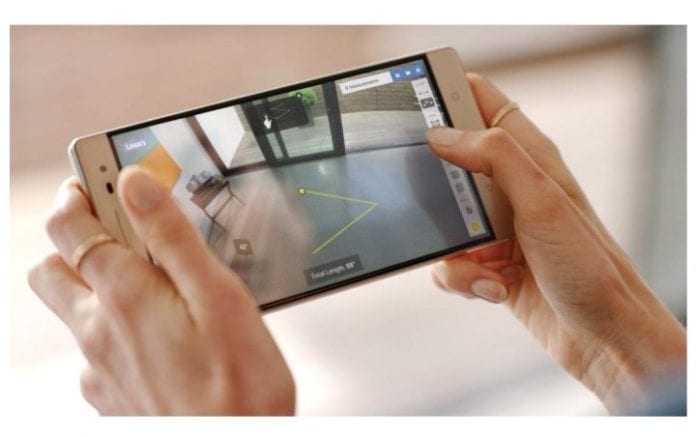SAN JOSE, Calif.–Ori Inbar, co-founder and CEO of augmentedreality.org, gave a keynote address titled “Superpowers to Change the Word: How Augmented Reality Helps Advance Humanity” at the 2017 Sensors Expo and Conference this week.
Augmented reality vs. virtual reality
AR and virtual reality (VR) are two complementary but distinct concepts. AR is a digitally enhanced version of reality typically found in apps for smartphones and tablets. An app like Pokemon Go is a popular example. They serve as digital representations of the world layered with information, such as texts and images.
VR, on the other hand, is a computer simulation, which may or may not reflect the external world. Rather, VR is its own three-dimensional world receiving little to no input from the outside. It generates a first-person experience by simulating what users see, hear and in some cases feel. A headset like Facebook’s Oculus is a prime example. Inbar focused on how AR technologies can benefit humanity.
Democratizing knowledge
Inbar began by noting how sensors and AR visualization is democratizing human knowledge. With sensors and AR visualization, everyone can have access to the world’s top experts and information resources on how to manage their daily lives, according to Inbar.
Boosting productivity and efficiency
Inbar proceeded to explain how AR technologies can fuel economic growth by boosting productivity and efficiency. He added AR could aid professionals whose work has been commoditized by automation. For example, with WorkLink’s Easy Authoring AR Smart Instructions System, users can convert data into 3D animations, which makes complex tasks easily understandable. Furthermore, an editing interface instance layer allows the addition of texts, images and video to accompany the animation.
Fostering empathy
Inbar also noted how emotion sensors and communication technologies can foster empathy and collaboration among engineers. AR technologies can allow unlikely bedfellows to tackle various projects despite geographical barriers.
“Using sensors, it allows to communicate emotions in that process; something we didn’t have before. Once you start communicating emotions between team members, it can increase empathy,” he said.
Augmenting potential merchandise
Moreover, with AR technologies, people don’t have to make as much stuff. “You don’t have to build hardware; you can simulate the whole experience,” Inbar said. For instance, with AR applications, people can visualize what furniture looks like in their home in advance, helping consumers make informed purchasing decisions.
Healthcare applications
One of the most promising applications of AR technologies pertains to healthcare. Healthcare providers could work alongside advanced Intelligent Computer Vision systems to treat patients, Inbar said. Evena Medical’s Wearable Medical Imaging AR Glasses, for example, enables physicians to see the vein structure underlying human skin, which helps pinpoint the best place to place an IV.
Sustainability
Inbar concluded on how AR technologies can help sustain the human race. Sensors and AR technologies can mitigate hardware manufacturing, thereby lowering energy consumption and boosting sustainability. For example, with teleporting technologies, people don’t how to fly around the world, which helps save energy, he explained.

